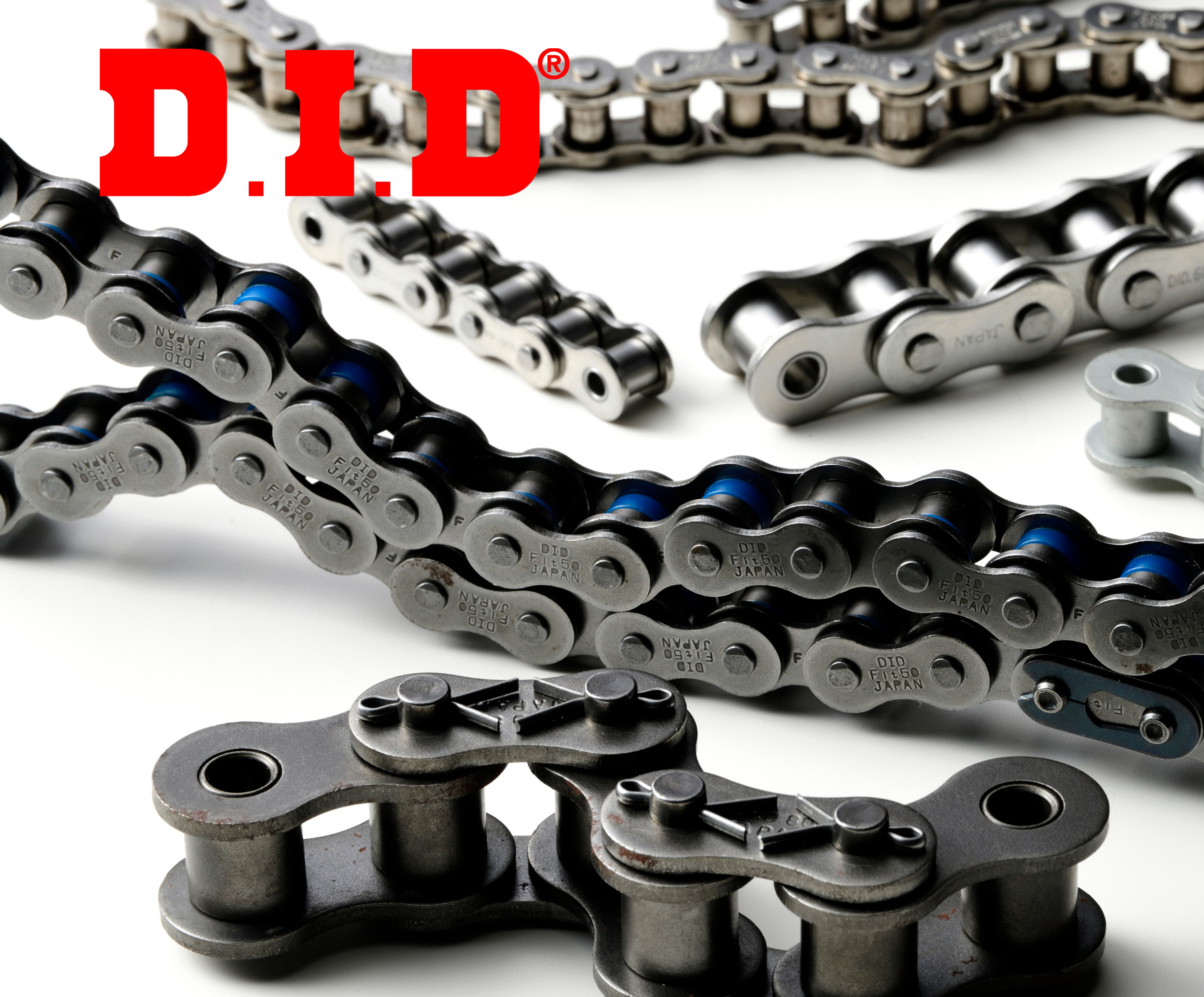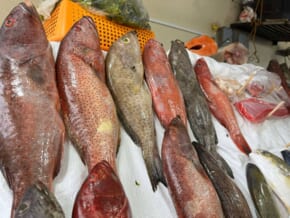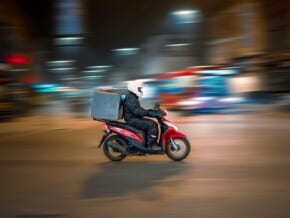Feast of The Black Nazarene, Traslacion Explained and How to Experience It
Every year on January 9, millions flock to celebrate the Feast of the Black Nazarene held at the Minor Basilica of the Black Nazarene, St. John the Baptist Parish popularly known as Quiapo Church in Manila City.
Also read: Expats’ Guide to the Feast of the Black Nazarene
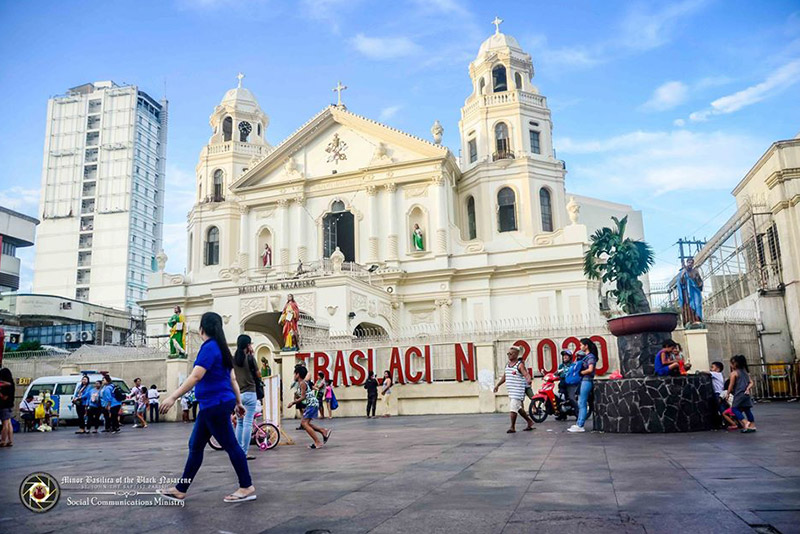 The Minor Basilica of the Black Nazarene, St. John the Baptist Parish is also known as Quiapo Church/IMAGE from Manila.gov.ph
The Minor Basilica of the Black Nazarene, St. John the Baptist Parish is also known as Quiapo Church/IMAGE from Manila.gov.ph
The Black Nazarene
The Black Nazarene is a life-sized statue depicting Jesus Christ carrying the cross on his back on the way to his crucifixion. The statue is believed to be miraculous having survived two fires, two earthquakes, numerous floods, and the bombings during World War II.
 The Black Nazarene statue/IMAGE from the Vatican News website
The Black Nazarene statue/IMAGE from the Vatican News website
According to the website of the Minor Basilica, the image was first enshrined in St. John the Baptist Church at Luneta in 1606 and after two years was moved to a bigger church nearby. In 1767, the image was transferred to Quiapo Church.
The Annual Novena
On December 31, the Quiapo Church holds novena prayers and masses marking the start of the annual celebration. On this day the statue is brought out of its shrine to be prepared for the procession.
 Devotees attending the mass inside the Quiapo Church/IMAGE from Manila.gov.ph
Devotees attending the mass inside the Quiapo Church/IMAGE from Manila.gov.ph
Days before January 9, the Quiapo Church lets devotees bring their replicas of the image for a small procession and blessing. The church also holds a Pahalik (Tagalog for kissing) ritual on the eve of the procession allowing devotees to touch and venerate the image.
Also read: Festivals in the Philippines (January)
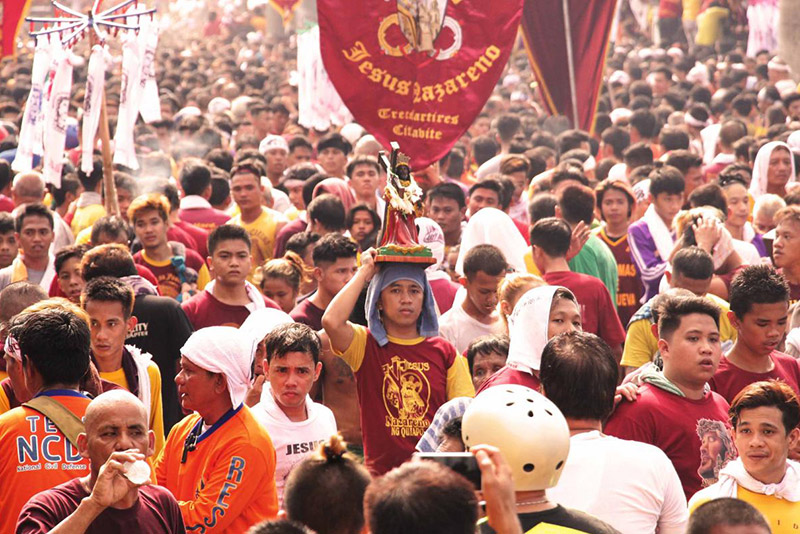 A devotee holding a replica of the Black Nazarene for blessing/IMAGE from Quiapo Church website
A devotee holding a replica of the Black Nazarene for blessing/IMAGE from Quiapo Church website
A solemn Vigil Mass and final blessing are held at midnight on December 9 at the Quirino Grandstand in Luneta. The procession from Quirino Grandstand in Luneta to the Quiapo Church re-enacts the transfer of the statue from its original shrine in Intramuros.
While the procession is being held, hourly masses are held in Quiapo Church wherein some devotees wait to greet the image as it arrives from the long procession.
Also read: A Guide to Fiesta Celebration in the Philippines
Traslación
The procession locally called the Traslación (Spanish for transfer), is the largest procession in the country with an almost 6.1-kilometer journey usually lasting 19 hours through narrow streets and winding roads. This event commemorates the end of the week-long novena.
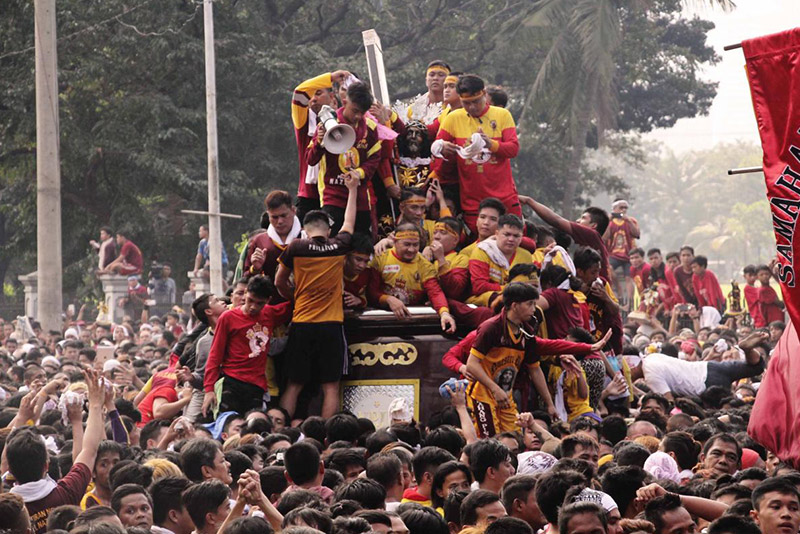 The Traslacion usually lasts the whole day of January 9 due to the number of devotees participating/IMAGE from Quiapo Church website
The Traslacion usually lasts the whole day of January 9 due to the number of devotees participating/IMAGE from Quiapo Church website
The local government of Manila City normally suspends classes and government work on this day.
Devotees dressed in yellow or maroon like the statue walk barefoot in hopes of briefly touching the image while in procession. Most devotees also bring cloths to wipe the image believing that the cloth will absorb the healing powers of the Black Nazarene.
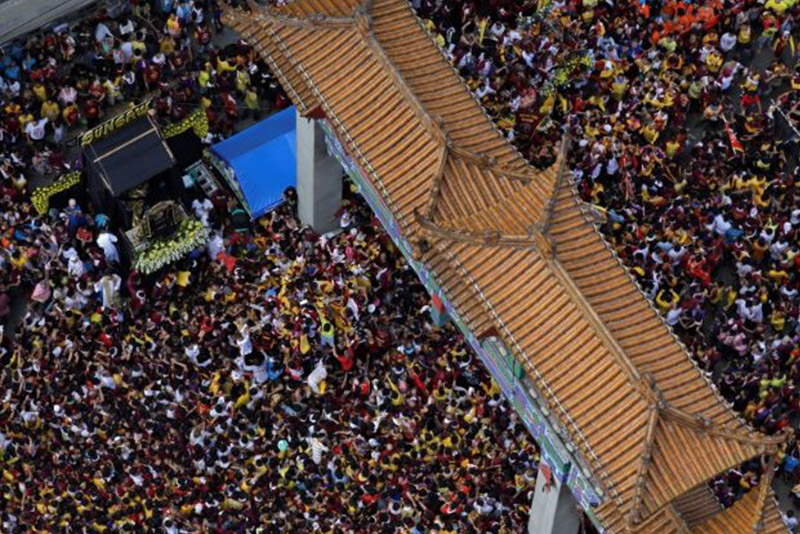 Millions of devotees flock to participate in the procession every year/IMAGE from the Vatican News website
Millions of devotees flock to participate in the procession every year/IMAGE from the Vatican News website
Marshals from the Minor Basilica, known as the Hijos del Nazareno are the only ones allowed to ride the carriage, forming an honor guard tasked to protect the image from damage and directing devotees wanting to touch or wipe the statue.
 Marshals protect the statue while guiding devotees to briefly touch the image/IMAGE from Quiapo Church website
Marshals protect the statue while guiding devotees to briefly touch the image/IMAGE from Quiapo Church website
Participating in Traslación
While the devotees believe that their faith keeps the procession non-violent, government agencies work together to maintain the safety of the procession. Bring an ID with contact information of family members in case of an emergency.
The processional route could be altered every year due to the rise of accidents, road or bridge repairs, and to allow other neighborhoods to participate. It is advisable to follow the official route and listen to authorities stationed during the procession.
Plan an escape plan in case of stampede or injuries. Assign a meeting place if coming in groups and avoid bringing gadgets as cellphone signals will be turned off for safety purposes.
Be well-fed and hydrated before and during the procession. The local police have forbidden bringing bags, fragile and sharp items, liquor, deadly weapons, and drone equipment.
Also read: MMDA to Deploy 1,000 Personnel for the 2020 Traslacion of the Black Nazarene
 The official Traslacion route for 2020/IMAGE from Manila.gov.ph
The official Traslacion route for 2020/IMAGE from Manila.gov.ph
Sources: Minor Basilica of the Black Nazarene, Catholics and Cultures, Catholic News Agency
Images grabbed from the Minor Basilica of the Black Nazarene website, Vatican News, and Manila.gov.ph
Written by Heloise Diamante




